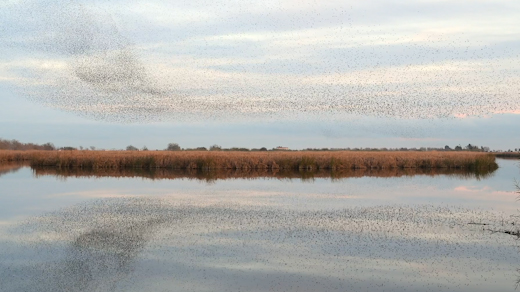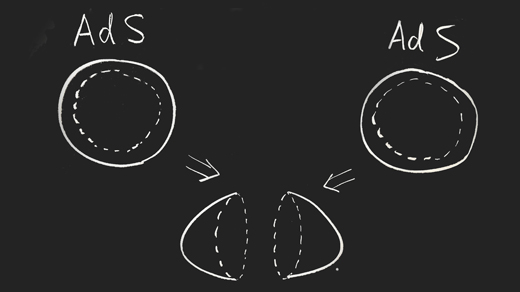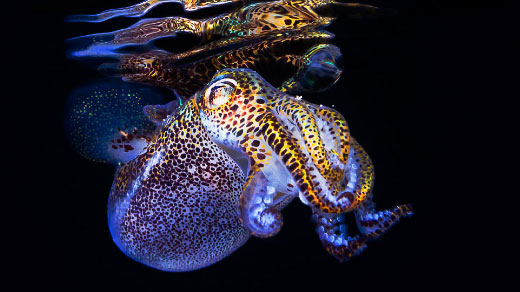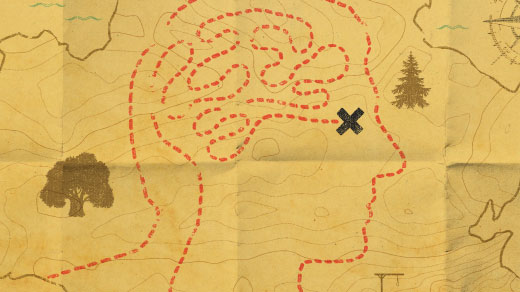Archive
Latest Articles
Smarter Parts Make Collective Systems Too Stubborn
As researchers delve deeper into the behavior of decentralized collective systems, they’re beginning to question some of their initial assumptions.
A World Without Clouds
A state-of-the-art supercomputer simulation indicates that a feedback loop between global warming and cloud loss can push Earth’s climate past a disastrous tipping point in as little as a century.
How Our Universe Could Emerge as a Hologram
Physicists have devised a holographic model of “de Sitter space,” the term for a universe like ours, that could give us new clues about the origin of space and time.
Möbius Strips Defy a Link With Infinity
A new proof shows why an uncountably infinite number of Möbius strips will never fit into a three-dimensional space.
New Squid Genome Shines Light on Symbiotic Evolution
Researchers hope that the genes of a glowing squid can illuminate how animals evolved organs for beneficial bacteria.
How to Find Simple Treasures in Complex Numbers
In spite of their name, “imaginary” numbers are as real as any other numbers, especially when it comes to hunting for lost treasure.
Mysterious Quantum Rule Reconstructed From Scratch
The new work promises to give researchers a better grip on the core mystery of quantum mechanics.
How the Brain Creates a Timeline of the Past
The brain can’t directly encode the passage of time, but recent work hints at a workaround for putting timestamps on memories of events.
Smaller Is Better: Why Finite Number Systems Pack More Punch
Recent progress on the “sum product” problem recalls a celebrated mathematical result that revealed the power of miniature number systems.








